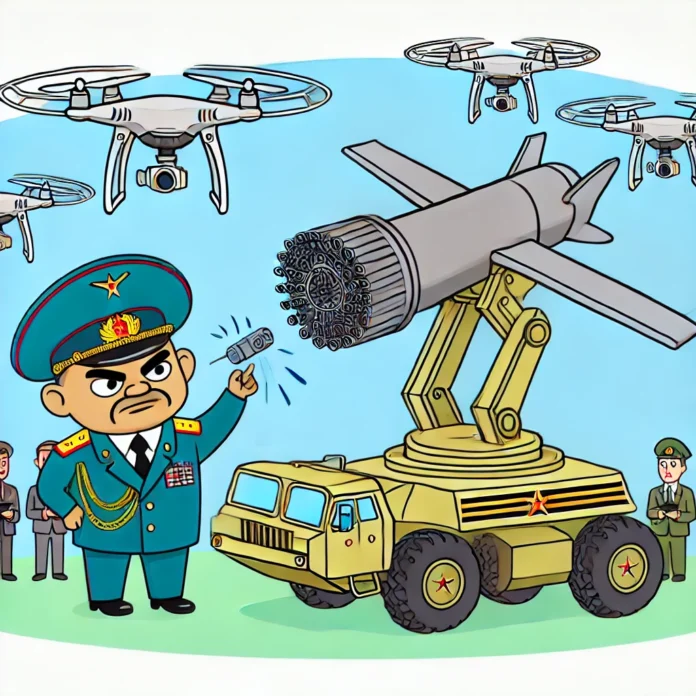Russia Admits Failure in Pantsir Gun System, Shifts to Mini-Missiles
In a surprising move, Russia’s defense ministry has admitted to the inefficacy of the Pantsir air defense system’s 30mm automatic cannons. The guns, once a key feature of the system, have proven largely ineffective against modern unmanned aerial vehicles (UAVs). This acknowledgment has led to a shift towards using mini-missiles as a new strategy in countering aerial threats, especially drones.
The Role of the Pantsir in Russia’s Air Defense Strategy
The Pantsir-S1, an air defense system combining both artillery and missiles, has been central to Russia’s efforts to protect its airspace. However, the traditional use of guns on the system has shown severe limitations, particularly in modern warfare, where drones are increasingly utilized by adversaries. At the recent “Army-2024” forum, Russia unveiled the Pantsir-SMDE, a version of the system that no longer includes the twin 30mm cannons.
Challenges and Solutions in Modern Warfare
Replacing the guns, the Pantsir-SMDE now carries up to 48 TKB-1055 mini-missiles, specifically designed to counter UAVs. These missiles are reported to have a range of 0.5 to 7 kilometers and can engage targets at altitudes up to 5 kilometers. In comparison to artillery systems like the Gepard, which has shown high success against drones, this shift toward missiles highlights a technological struggle within Russia’s military industrial complex.
Recent Trends in Drone Countermeasures
Across the globe, countries are developing more advanced counter-drone systems, often relying on artillery with programmable munitions, like the Skynex system. Russia’s shift away from guns and toward mini-missiles contrasts sharply with these trends, as guns have been highly effective in other contexts, such as the Ukrainian war. The Gepard, a 1970s-era self-propelled air defense system used by Ukraine, has outperformed many modern systems in combating drones.
Why This Shift Matters
The removal of artillery from the Pantsir system underscores the broader challenges Russia faces in modernizing its air defense systems. Without effective artillery, Russia risks being unable to counter large drone swarms, a growing threat in modern warfare. The reliance on missiles also raises questions about cost-effectiveness, as missile interception systems may struggle to handle large-scale aerial attacks.
Consequences for Russia’s Air Defense Capabilities
The switch to mini-missiles may indicate a lack of technological investment in improving artillery capabilities. Without developing systems similar to Skynex or other artillery-based drone defense platforms, Russia may find itself increasingly vulnerable in aerial warfare. The ability to rapidly intercept large numbers of drones, a critical requirement, remains an unresolved issue for the Pantsir system.
Conclusion and Future Developments
In conclusion, Russia’s decision to remove guns from the Pantsir air defense system reflects a significant challenge in adapting to modern aerial threats. Whether mini-missiles will be enough to counter drones in future conflicts remains to be seen. As air defense technology continues to evolve globally, Russia will need to address these limitations to remain competitive on the battlefield.


